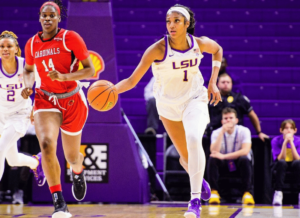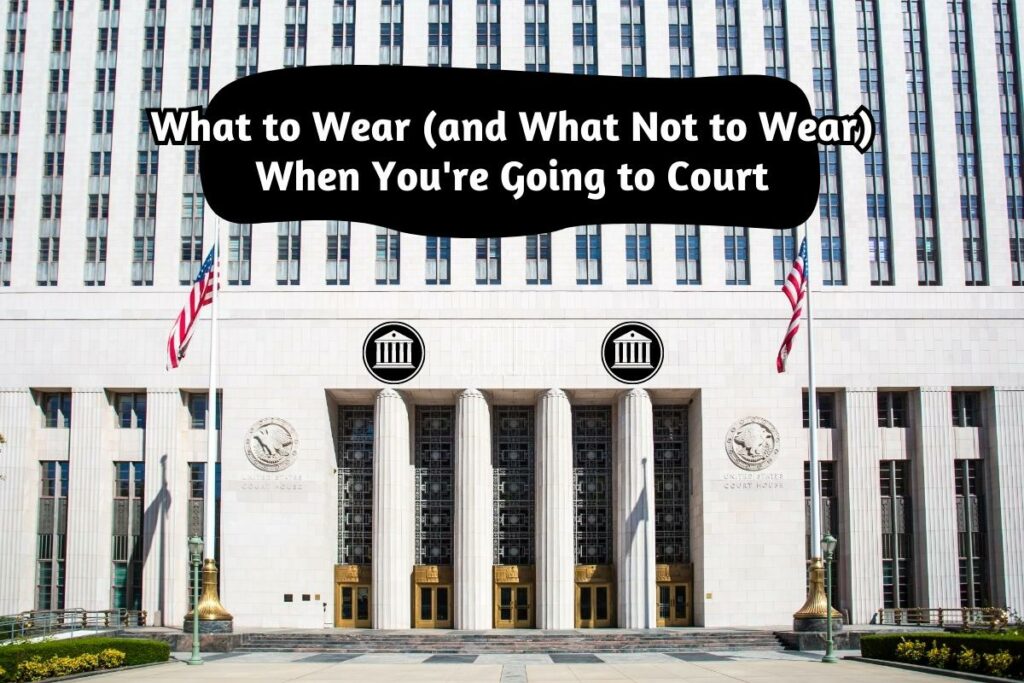You’ve been asked to come to court and as the date approaches, you may have some questions about the appropriate dress code. One Question that often comes up is “Can I Wear Shorts to Court?”.
In this comprehensive guide, We will explore this question in depth by providing you with valuable insights into the court’s dress code, the importance of first impressions, the impact of your attire on your court proceedings, and the best clothing items that are more appropriate for the court’s setting
We will also provide tips on how to strike a balance between comfort and formality within the court environment.
By the end of this guide, you will understand why it’s crucial to dress appropriately in such a setting and how to select the perfect clothing attire.
The Importance of Courtroom Attire: ⚖️👨⚖️⚖👩🏻⚖️
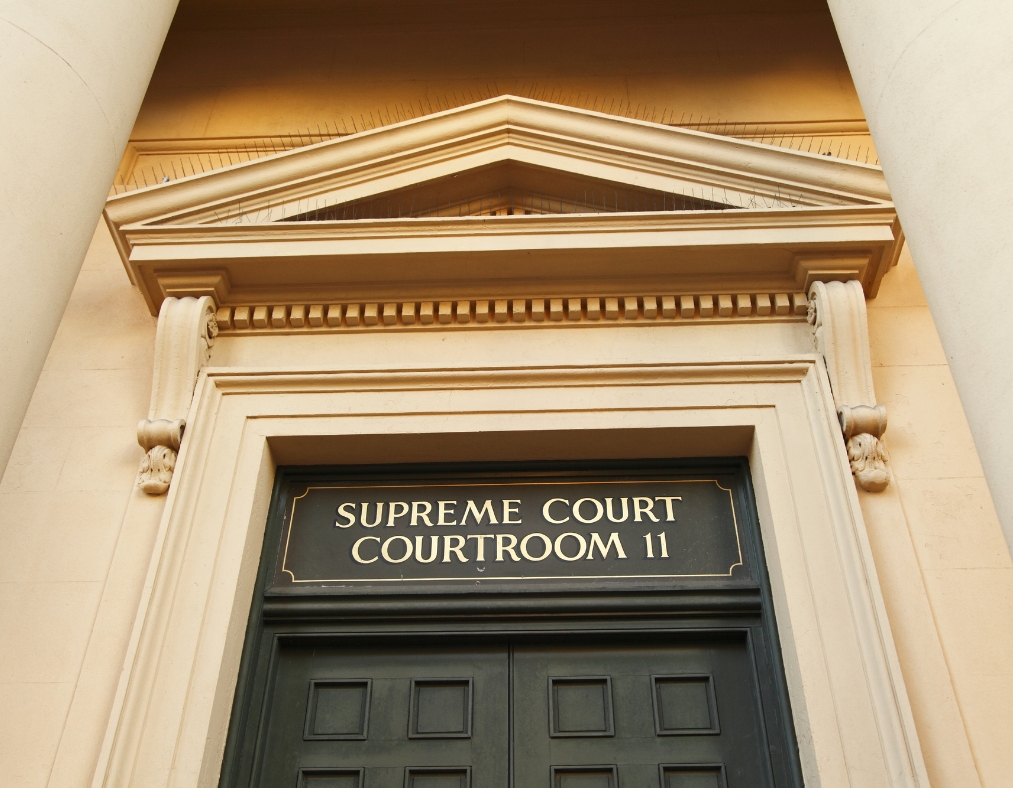
In the Legal World, where impressions can affect outcomes, what you wear to court matters.
Dressing appropriately can influence a judge’s perception of your respect for the court’s authority and the seriousness with which you approach your case.
However informal or inappropriate attire can impact your case negatively while the traditional and recommended courtroom attire, does not include shorts, it’s important to dress appropriately out of respect to the formal atmosphere of the judicial process. failing to do so may imply indifference and disrespect.
How Clothing Influences Perception?
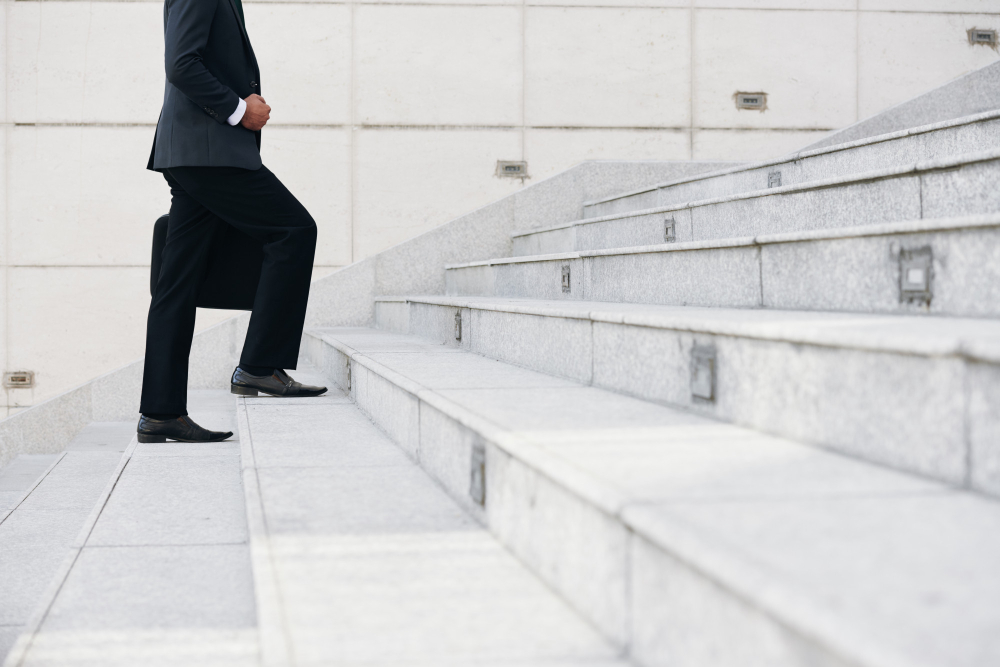
When it comes to dressing for court, what we put on can largely influence perception.
As human beings, we usually make rapid assumptions based on what we actually see, regardless of the background of that person.
The first impressions we get from individuals (better or worse) largely depend on the clothes they put on.
Within the court, where the stakes can be incredibly high, you’ll want to ensure every factor including clothing, is working in your favor.
Let’s imagine you were a jury member, tasked with determining the fate of a defendant; One defendant comes dressed in a well-tailored suit and rocking clean and conservative shoes, while another shows up in beach shorts and flip-flops.
While the principle of justice dictates that both defendants should be judged based on the evidence, not their physical appearance (how they put on clothes), the reality is that our unconscious biases often creep in, subtly impacting our decisions
This is not to say that good-looking persons who are well-dressed and handsome are more trustworthy or better citizens
In a formal setting like the courtroom, coming dressed in beach shorts and flip-flops might create an unfavorable impression implying a lack of respect for the court’s authority, and even its proceedings Even if these assumptions aren’t consciously formed they could influence perceptions subliminally.
The Intersection of Law and Culture: Local Norms and Exceptions
Law is not practiced in a vacuum, it’s deeply embedded within the cultural and societal norms of its region, meaning that law and culture are intersected. Therefore, the suitability of wearing shorts to court can sometimes be affected by the local culture and norms.
In more relaxed settings, for example, there might be slightly more leeway in what is deemed suitable courtroom attire. However, in such places, it would be careful to err on the side of a formality since the courtroom remains a solemn institution where decorum, professionalism and respect are highly valued.
Besides, there are some exceptions for individuals who can’t afford proper attire or for whom obtaining such attire would be a burden. The purpose is to guarantee justice that is accessible to all individuals regardless of socioeconomic status.

So, Can You Wear Shorts to Court ⚖️?
Now, let’s address the crux of this article “Can you wear shorts to court” The short answer is generally “No”. Shorts are typically viewed as too casual for the formal setting of a courtroom.
In legal proceedings, courtrooms demand decorum and professionalism. This goes beyond mere behavior and the manner of speech, it extends to the clothing you wear. The court’s setting demands a higher degree of formality in dress code. Dressing formally for court is a sign of respect for the judicial process.
The expectation is that you’ll dress up in business or business-casual attire, which generally excludes shorts. But why is this the case? let’s understand more about the reasons.
The Psychology Of First Impressions

Research shows that people make their first impression within seven seconds of meeting someone. It’s a reality we live with, although it’s unfair to judge persons according to their appearance and the courtroom itself is no different. When a jury member or a judge sees you for the first time, their first impression will be influenced by your appearance.
If you are showing up in shorts, it might suggest to them that you’re not taking the court proceedings seriously and this could certainly push them to question your credibility
On the other side, if you are a well-dressed person, it might suggest to them that you really understand and respect the serious nature of the proceedings taking place and this could positively impact their perception of you
Practical Dressing Tips For Court
While shorts can be surprisingly functional particularly during warmer days, they are still a casual garment at heart. This means they are generally viewed as inappropriate attire for more formal settings including “Court.” The key to dressing appropriately for court is to strike a balance between comfort and formality. Here are some practical dressing tips:
1- Suits:
- For Men: The safest option is to put on a suit with a tie. If a suit isn’t available, slacks and a dress shirt with a collar will be okay. For Footwear, shoes should be clean and conservative so avoid wearing sneakers, sandals and flip-flops for being sporty and too casual.
- For Women: The safest option is to wear whether a suit, a dress or a blouse with skirt or pants. For Footwear, shoes should be closed-toe and conservative, avoid excessively High Heels.
You May Also Like: ➜ For Women: What to Wear If You’re Short and Chubby to Look and Feel Great ➜ (This article offers valuable insights on how to choose outfits that suit your body shape and boost your self-assurance.)
2- Colors:
Avoid overly bright colors and stick to neutral or darker ones such as navy, gray-brown or black.
3- Footwear:
Shoes should be clean and conservative Avoid Flip-flops, Sandals, Sneakers or overly High Heels.
4- Accessories:
Keep accessories to a minimum for Men, a simple watch or tie clip is enough. For Women, small earrings and minimal jewelry are advisable.
5- Tattoos and Piercings:
Avoid making any tattoos or piercings If you have already had them, you can cover visible tattoos with clothing or makeup and remove any excessive or unusual piercings.
6- Cleanliness:
Make sure your clothes are in good condition: they are clean and ironed
Your personal grooming should also be a priority this includes your hair-cut, clean fingernails and fresh breath.
Exceptions and Variations
While the general rule is to dress formally for court due to the serious nature of the proceedings taking place. There may be some exceptions and variations depending on the jurisdiction, the type of court and the nature of the case
Some municipal or traffic courts may have a more relaxed dress code while criminal or civil court may dictate a more formal attire
Besides, expectations of formality may differ from one region to another. What’s considered formal in a rural area might differ from an urban setting
To avoid any confusion, it’s always a good idea to ask your lawyer or contact the court directly to inquire about specific etiquette regarding dressing
The Future of Courtroom Attire
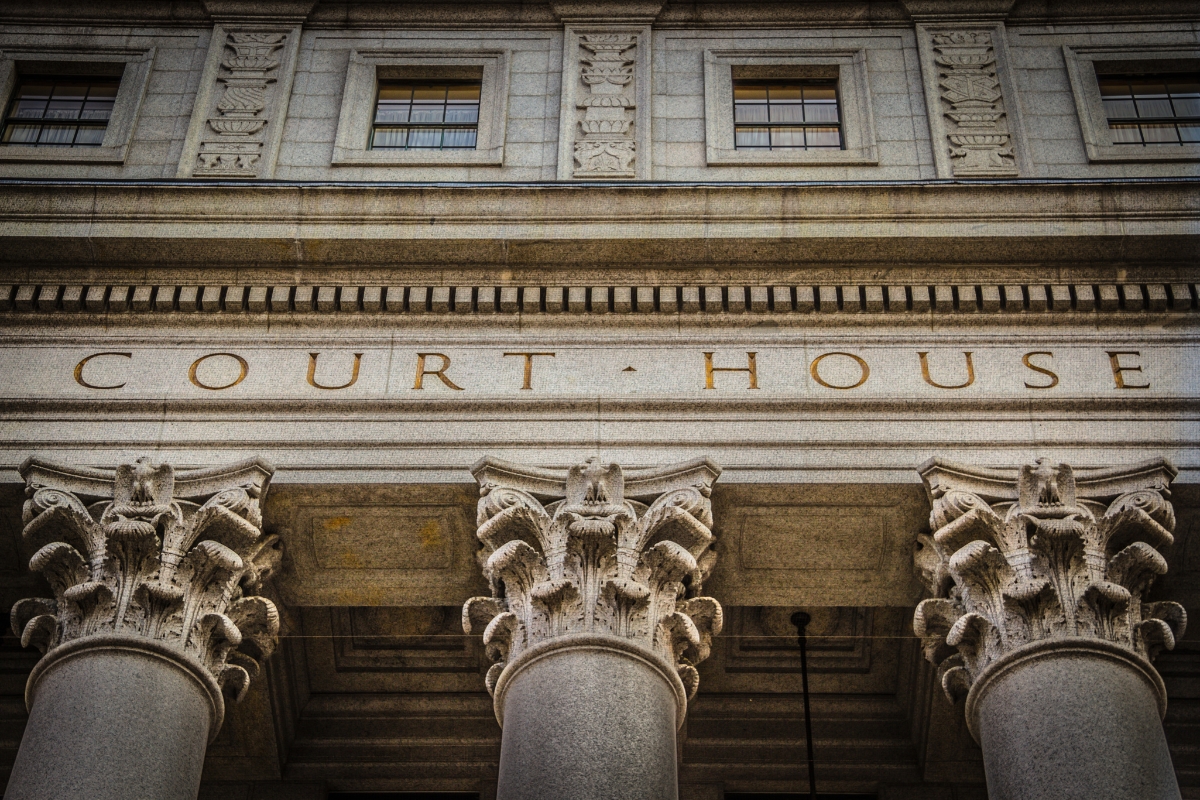
As societal norms evolve, so does the law and its institutions, nothing stay stable such developments might eventually lead to a relaxation in dress codes, as individuals participate in court proceedings from the comfort of their own homes yet until that time, it’s highly recommended to stick with formal attire to avoid any bad judgement.
To conclude, the key to dressing appropriately for court is to strike a balance between formality and comfort shorts may be a perfect option for informal and casual settings but not for courts
The court’s setting, on the contrary, requires a higher degree of formality in dress code due to the serious nature of the proceedings taking place showing up in shorts might create an unfavorable impression and influence the judge’s perception of you
So the next time you have a court appearance, take a moment to consider your attire carefully. Your choice of clothing could be more influential than you think.

